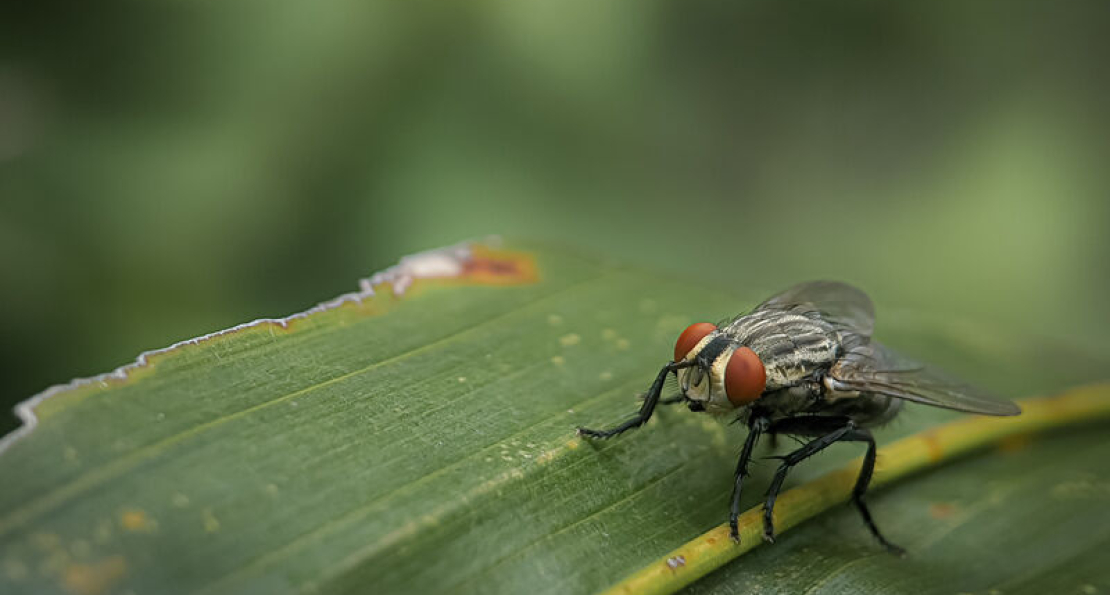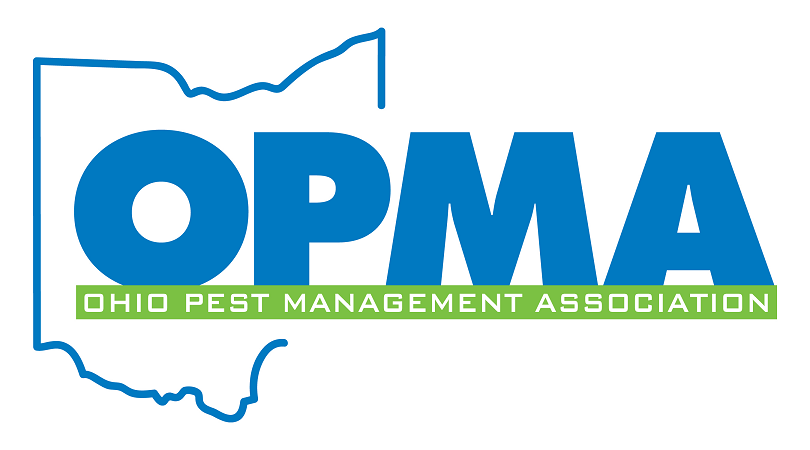Small Flies: Identification, Habits, Breeding Sources, and Treatment Methods

If you have ever noticed tiny flies buzzing around your home or business, you are not alone. These pesky invaders—often fruit flies, drain flies, or fungus gnats—seem to appear out of nowhere and can quickly become a nuisance. While they are small, their impact is not: they can contaminate food, annoy customers, and signal underlying issues. In this article, we will help you identify these small flies, uncover their habits and breeding sources, and share effective treatment methods to get rid of them for good.
Identifying Small Flies
“Small flies” is a catch-all term for several species that commonly invade indoor spaces. Here is how to tell them apart:
Fruit Flies: Tiny (about ⅛ inch), tan or reddish-brown with bright red eyes. You will spot them hovering around ripe fruit, garbage, or fermenting liquids.
Drain Flies: Also called moth flies, these are 1/16 to ¼ inch long, gray or black, with fuzzy, moth-like wings. They love damp, slimy areas like sink drains or sewers.
Fungus Gnats: Slender, dark, and about ⅛ inch long with long legs and antennae. They are drawn to overwatered plants and moist soil.
All three are weak fliers, often seen hovering or resting near their breeding sites. If you are swatting at tiny flies near your kitchen, bathroom, or potted plants, one of these culprits is likely to blame.
Habits: What Small Flies Are Up To
Despite their size, small flies are busy little pests with habits that make them tough to ignore:
Fruit Flies: These opportunists feed on fermenting organic matter—think overripe bananas, spilled juice, or soggy trash. They are most active in warm weather and can invade in droves.
Drain Flies: They thrive in wet, gunky environments, feeding on decaying organic buildup in drains or pipes. You will often see them resting on walls or emerging from sinks.
Fungus Gnats: They nibble on fungi, roots, and decaying plant matter in soggy soil. While they do not bite, they can harm houseplants and annoy anyone nearby.
All three species are prolific breeders, laying eggs in their preferred spots and hatching into adults in as little as a week. That is why a small problem can turn into a buzzing swarm fast.
Breeding Sources: Where They are Coming From
To stop small flies, you need to find and eliminate their breeding grounds. Here is where to look:
Fruit Flies: Overripe or rotting produce, fermenting liquids (wine, vinegar, beer), trash cans, recycling bins, or even damp mops and sponges.
Drain Flies: Slimy buildup inside sink drains, garbage disposals, floor drains, or sewer lines. Any stagnant, moist area with organic matter is fair game.
Fungus Gnats: Overwatered potted plants, damp soil rich in organic material, or compost piles. They love poorly drained pots or soggy root zones.
These flies do not travel far, so if they are buzzing around, their breeding site is likely nearby. A little detective work can pinpoint the source.
Treatment Methods: How to Get Rid of Small Flies
The key to controlling small flies is tackling both the adults and their breeding areas. Here is how:
1. Eliminate Breeding Sources
Fruit Flies: Toss overripe fruit, clean spills, and empty trash regularly. Store produce in the fridge and rinse recyclables before tossing them.
Drain Flies: Scrub drains with a stiff brush and hot water, then flush with a biodegradable drain cleaner or boiling water to break up slime.
Fungus Gnats: Let plant soil dry out between waterings and remove dead leaves. Use well-draining pots to prevent soggy conditions.
2. Trap the Adults
Fruit Flies: Set up a DIY trap with apple cider vinegar and a drop of dish soap in a bowl, covered with plastic wrap poked with small holes. They will dive in and drown.
Drain Flies: Use sticky traps near drains or a vinegar trap to catch adults while you clean the source.
Fungus Gnats: Place yellow sticky traps near plants to snag adults. Potato slices on soil can lure larvae out for easy removal.
3. Chemical Control (If Needed)
What: Insecticidal sprays (pyrethrin-based) for adults or microbial larvicides (like Bacillus thuringiensis israelensis) for drain flies and gnats.
When: Use as a last resort for heavy infestations, following label instructions carefully.
Tip: Focus on breeding sites, not just flying adults, for lasting results.
4. Professional Help
When: For persistent infestations or hard-to-reach breeding spots (like deep drains or large plant collections).
Why: Pros can use advanced tools and treatments to root out the problem completely.
Prevention: Keeping Small Flies Away
Once they are gone, keep small flies from coming back:
- Maintain clean kitchens and bathrooms—no crumbs, spills, or standing water.
- Regularly clean drains with vinegar or a drain brush to prevent buildup.
- Water plants sparingly and ensure good drainage to deter gnats.
Say Goodbye to Small Flies
Small flies might be tiny, but they are a big headache—especially when they invade your home or business. By identifying the species, targeting their habits, and eliminating breeding sources, you can take back your space. If the buzzing will not quit, Buckeye Exterminating is here with expert pest control solutions to make your fly problem a thing of the past. Let us clear the air together.




